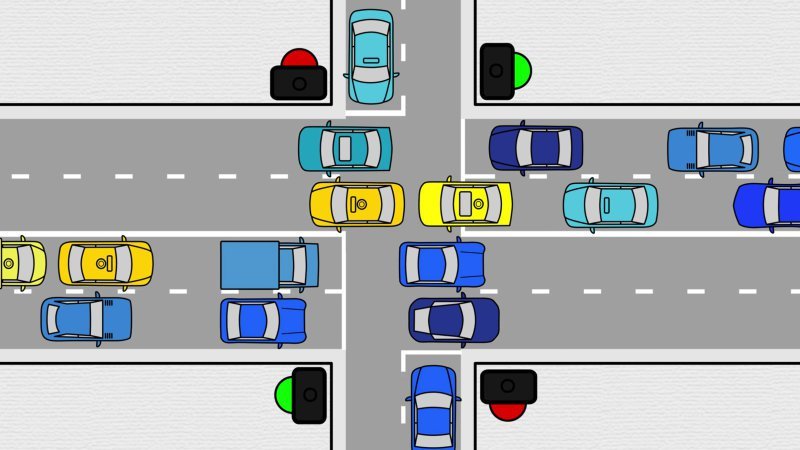Why self-driving cars could solve traffic problems, but won't anytime soon

Now, YouTube video producer CGP Grey says he has a solution. He suggests that the primary reason traffic problems exist is because of driver reaction times. As each person moves, the reaction time delays when the next person can go, and the result is gridlock in town and slowdown on the highways, even after the obstruction or distraction is gone. The solution, he says, is self-driving cars, which would eliminate reaction time issues and eventually be able to communicate with other cars and infrastructure, maybe even removing the need for traffic signals.
CGP Grey makes many good points that are supported by other groups. Various studies have found that the way drivers react in traffic often causes and exacerbates flow problems. And self-driving cars with advanced communication abilities would open up new possibilities for traffic management, something MIT is working on. The thing is, all of these solutions still have a long way to go.
Self-driving vehicles have come a very long way, but still are not ready to replace humans. At present, no vehicle available can be operated in a semi-autonomous mode without an alert operator behind the wheel in the event something goes wrong. Cars from Mercedes and Infiniti with semi-auto capabilities won't operate for long in those modes with hands off the wheel. And the most ambitious self-driving technology developer, Tesla, has seen its fair share of Autopilot-related crashes in the news.
Vehicle-to-vehicle (V2V) and vehicle-to-infrastructure (V2I) technologies would also be vital for this autonomous plan to work, and they've yet to reach the market. Audi only just announced limited V2I technology in two models that works in just two cities. This technology is also hampered by a lack of standards to ensure all vehicles and infrastructure can communicate with each other. Without those standards, it would be impossible to have the signal-less world CGP Grey envisions.
So the autonomous, traffic jam-free world CGP Grey imagines is well off into the future. However, he touches on some important things that could help to alleviate traffic now. For one, maintaining a good distance between cars and staying alert is excellent advice for human drivers. Those methods will help to reduce traffic snarls, and make driving significantly safer. There are some simpler technological solutions to reducing traffic, too. One study proposed using traffic lights with sensors to recognize large groups of cars and alert nearby signals to help speed up traffic. This would require simpler communication that is only on the infrastructure side, and thus easier for municipalities to implement.
Someday we may see the death of the traffic jam, but for now, we'll have to settle for small improvements.
Related News
